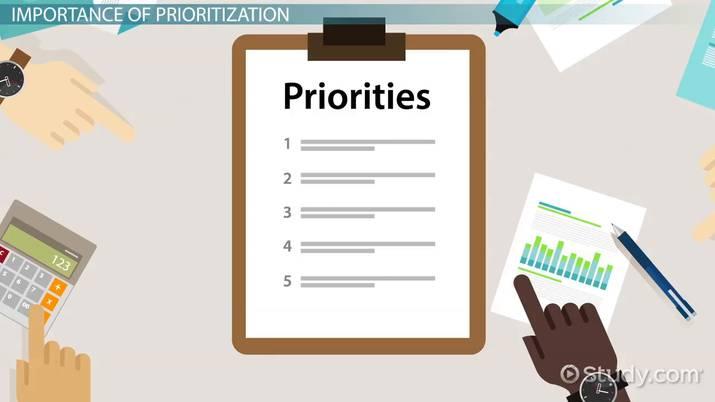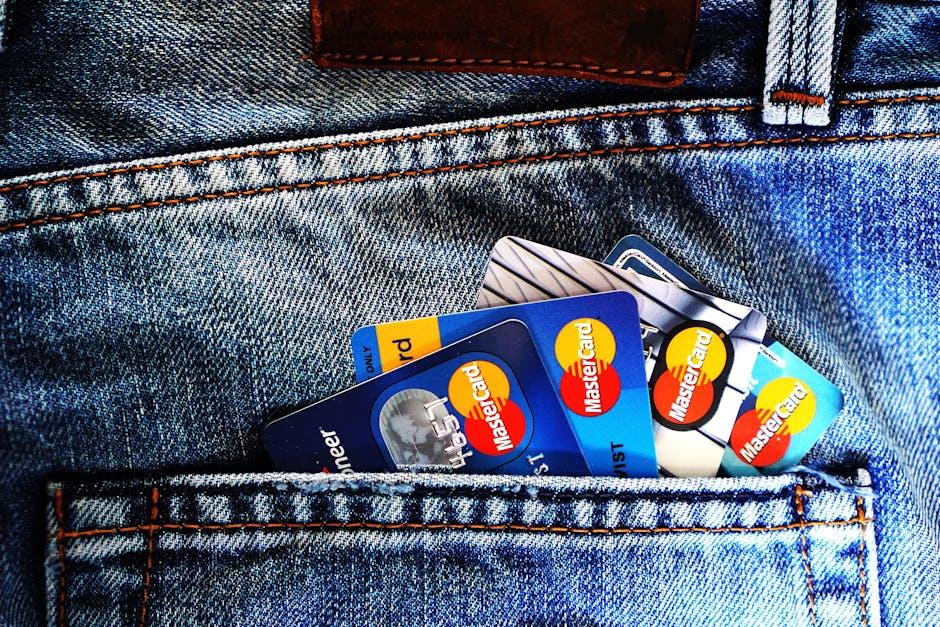In an age where our wallets seem to empty as quickly as our Instagram feeds refresh, the concept of mindful spending has transformed from a niche philosophy into a necessity for many. Picture this: a life where each purchase not only makes sense but also adds value and joy to your daily experience. It’s not about austerity or deprivation; rather, it’s about aligning your spending with what truly matters to you. Welcome to a journey of financial enlightenment, where practical tips for mindful spending will illuminate your path to a more intentional and fulfilling way of living. Whether you’re a seasoned budgeter or a carefree spender, this guide promises to offer something intriguing for everyone aiming to make each dollar count. So, grab your cup of tea, settle into your favorite chair, and let’s explore how to make your money work for you—instead of the other way around.
Understanding Your Spending Habits
One important step in becoming more mindful with money is recognizing where it all goes. Track your expenses by keeping a daily log. For a week or even a month, jot down everything you spend, no matter how small. Observing your patterns helps reveal areas where you can cut back. There’s also the option of using budgeting apps to help with this task. These tools often come with features that categorize expenditures automatically and provide valuable insights into your spending behavior.
To help visualize how your money is allocated, consider summarizing your tracked expenses into categories. Here’s a simple table to help you get started:
| Category | Average Weekly Expense |
|---|---|
| Groceries | $100 |
| Dining Out | $60 |
| Entertainment | $40 |
| Transportation | $50 |
| Miscellaneous | $30 |

Establishing a Realistic Budget
To make your money work for you, begin by categorizing your monthly expenses. Break down your spending into essential items like rent, groceries, and utilities, and optional items such as dining out and hobbies. This will give you a clear picture of where your money is going. Consider using tools like spreadsheets or budgeting apps to track your spending easily. Here’s a quick way to categorize your budget:
<ul>
<li>Fixed Expenses: Rent, Mortgages, Insurance, Loan Payments</li>
<li>Variable Expenses: Utilities, Groceries, Transportation</li>
<li>Discretionary Expenses: Entertainment, Dining Out, Subscriptions</li>
</ul>
<p>Next, allocate specific amounts to each category. Be realistic about what you can afford to spend in each area. For example, if you currently spend $600 on dining out each month, try reducing it to $300 and see how you adjust. Below is a simple table to help you visualize your budget distribution:</p>
<table class="wp-block-table">
<tbody>
<tr>
<td><strong>Category</strong></td>
<td><strong>Amount</strong></td>
</tr>
<tr>
<td>Fixed Expenses</td>
<td>$1,500</td>
</tr>
<tr>
<td>Variable Expenses</td>
<td>$800</td>
</tr>
<tr>
<td>Discretionary Expenses</td>
<td>$300</td>
</tr>
</tbody>
</table>

Prioritizing Needs Over Wants
Understanding the difference between needs and wants is crucial when it comes to smart spending. Needs are essential for survival and basic well-being, such as food, clothing, and shelter. On the other hand, wants are things that can enhance your comfort and pleasure but are not essential. To make a clear distinction, create a list. Consider asking yourself questions like: “Is this something I can’t live without?” or ”Will this improve my life in a non-essential way?” This exercise will help you make more informed decisions.
Here’s how you can prioritize what’s necessary:
- Identify Must-Haves: Start by listing items or services you genuinely require to maintain a healthy lifestyle.
- Evaluate Financial Impact: Review how much of your budget goes toward needs versus wants.
- Reassess Regularly: Monthly check-ins can help you avoid unintentional overspending on non-essentials.
| Category | Needs | Wants |
|---|---|---|
| Food | Grocery Shopping | Dining Out |
| Clothing | Basic Wardrobe | Designer Brands |
| Housing | Rent/Mortgage | Luxury Upgrades |

Making Smart Use of Credit
Just because you have a credit card doesn’t mean you should use it freely. Being wise with credit can greatly improve your financial health. One way to practice mindful spending is by setting a budget. Begin with a simple list:
- Essential expenses: Rent, utilities, groceries
- Non-essential but important: Dining out, hobbies
- Occasional splurges: Vacations, luxury items
Stick to this budget and avoid making impulse purchases that could strain your finances. Another smart tactic is understanding your credit card’s features. For instance, utilize reward points and cashback offers to maximize benefits. Here’s a quick comparison:
| Card Feature | Benefit |
|---|---|
| Cashback | 2% on groceries |
| Reward Points | 1 point per $1 spent |
| Sign-Up Bonus | 5,000 points |
Q&A
Q&A:
Q: What does it mean to practice mindful spending?
A: Mindful spending is all about being intentionally aware of your financial decisions. It involves evaluating your purchases and understanding how they align with your values and long-term goals. Instead of making impulsive buys, you pause to consider the impact of each transaction on your overall financial health.
Q: How can I start implementing mindful spending in my daily life?
A: Begin by tracking your expenses to understand your spending habits. Use tools like budgeting apps or even a simple spreadsheet. Reflect on each purchase—ask yourself if it’s a need or a want, and assess how it contributes to your wellbeing or goals. Over time, this reflection helps you make more conscious choices.
Q: How can creating a budget support mindful spending?
A: A budget provides a clear picture of your financial landscape, outlining your income, expenses, and savings goals. By adhering to a budget, you set boundaries that guide your spending behavior, ensuring that your financial actions are deliberate rather than reactive.
Q: Are there any practical tips for reducing impulse buying?
A: Yes, several techniques can help curb impulsive spending:
- Pause Before Purchasing: Implement a waiting period for non-essential items. This gives you time to reconsider and determine if the purchase is truly necessary.
- Create a Wishlist: Rather than buying items immediately, add them to a wishlist. Revisit the list after some time to see if you still desire those items.
- Limit Exposure: Avoid browsing online stores or walking through shopping malls when you don’t need anything specific. Less exposure leads to fewer temptations.
Q: How can practicing mindfulness in spending improve my overall financial health?
A: Mindful spending fosters financial discipline and clarity. By making considered choices, you’re likely to avoid debt, increase your savings, and allocate funds to what truly matters to you. This proactive approach reduces financial stress and helps you achieve long-term stability and satisfaction.
Q: Can mindful spending help me achieve my financial goals faster?
A: Absolutely. By aligning your spending with your financial objectives, you allocate resources more efficiently towards your goals. Whether it’s saving for a house, investing for retirement, or planning a vacation, mindful spending ensures that your money works in harmony with your aspirations.
Q: How do I balance enjoyment and mindful spending?
A: Mindful spending isn’t about deprivation; it’s about prioritizing meaningful experiences and purchases. Allocate a portion of your budget for discretionary spending on hobbies, outings, or treats. The key is moderation and ensuring that these expenditures don’t compromise your financial health or goals.
Q: Are there any tools or resources that can assist with mindful spending?
A: Definitely. Budgeting apps, financial planners, and expense tracking tools are invaluable. Apps like Mint, YNAB (You Need A Budget), and PocketGuard can help you monitor your finances in real-time. Additionally, books and online courses on mindful spending and financial wellness offer deeper insights and strategies.
Q: How can I involve my family in practicing mindful spending?
A: Open communication is essential. Discuss your financial goals and the concept of mindful spending with family members. Make it a collective effort by setting shared financial priorities and involving everyone in budget planning. This fosters a supportive environment where everyone works together towards common goals.
Q: Is it possible to practice mindful spending even with a limited income?
A: Yes, mindful spending is beneficial regardless of income level. In fact, it’s especially crucial with a limited income as it ensures that every dollar is purposefully spent. By prioritizing essentials and avoiding unnecessary expenditures, you can stretch your income further and achieve greater financial stability.
Q: What’s one final tip for someone looking to embrace mindful spending?
A: Start small and be patient with yourself. Like any habit, it takes time to develop mindful spending practices. Celebrate your progress, stay adaptable, and keep your long-term goals in focus. The journey towards mindful spending is a continuous process of learning and improvement.
Key Takeaways
As you step forward into the mosaic of life’s daily transactions, consider the wisdom nestled in mindful spending. Just as a painter carefully selects each brushstroke, your financial decisions can be both deliberate and expressive, shaping a canvas that reflects your values, goals, and dreams. The journey of mindful spending is not a path of sacrifice but an art of intention, infusing every purchase with meaning and purpose.
As you navigate marketplaces both virtual and tangible, remember that every coin and card swipe holds potential beyond its immediate exchange. It’s an invitation to cultivate awareness, to align your expenditures with the rhythm of your life’s symphony. Embrace it, and may each choice you make be a note in the harmonious composition of your financial well-being.


